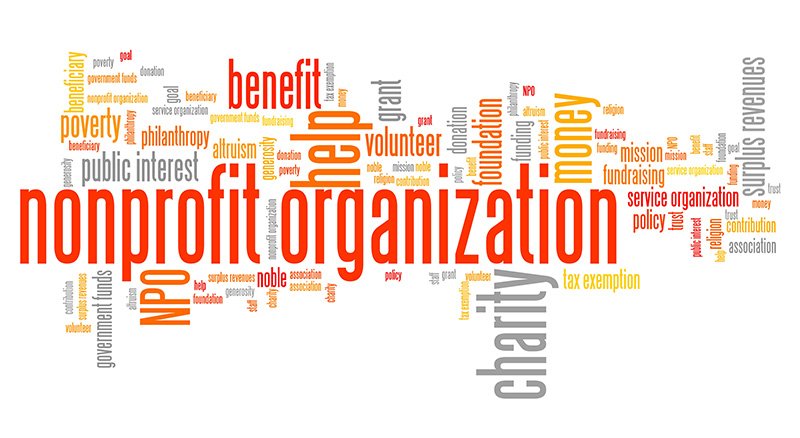
Non-profit Organization
NON-PROFIT ORGANIZATION
Annual Audit + Monthly Bookkeeping

THE CLIENT
A nonprofit organization focused on performing arts for children, teens, and adults, was facing a significant challenge. Just weeks before their scheduled annual audit, their long-standing bookkeeper suddenly quit, leaving the organization in a precarious position. The organization’s finances were complex, with 15 active bank accounts used to manage various grants, donations, and operational funds.
The abrupt departure of the bookkeeper meant that there was no one available with an intimate knowledge of the nonprofit’s financial operations. The financial records were in disarray, and the upcoming audit was crucial for maintaining the organization’s funding and compliance status. The nonprofit organization urgently needed a skilled bookkeeping professional to step in, sort through the financial mess, and ensure they were ready for the audit.
With the previous bookkeeper gone, there was no clear documentation or handover, making it difficult to understand the financial system and processes. The audit was only a few weeks away, creating immense pressure to get the books in order quickly.

OBJECTIVES
Gain a thorough understanding of their financial operations, structure, and software.
Reconcile and organize financial records across 15 bank accounts.
Prepare accurate financial statements and required documents for the annual audit.
Ensure compliance with nonprofit accounting standards and donor restrictions.
SOLUTION
1. Initial Assessment and Planning
Met with the organization’s leadership and remaining staff to gather information about the financial operations and understand the immediate needs.
Conducted a rapid assessment of the existing financial records, identifying key areas that needed attention before the audit.
Developed a step-by-step plan to tackle the most critical tasks, prioritizing tasks that would have the greatest impact on the audit’s success.
2. Reconstructing Financial Records
Began by reviewing each of the 15 bank accounts, gathering statements, and identifying discrepancies.
Organized transactions by category, such as grants, donations, and operational expenses, ensuring that each was correctly allocated.
Reconciled bank accounts, matching each transaction with its corresponding entry in the accounting system.
Corrected any errors, such as misallocated funds or missing entries, and ensured that the records were complete and accurate.
3. Ensuring Compliance with Nonprofit Standards
Reviewed all financial transactions to ensure compliance with nonprofit accounting standards, particularly in the handling of restricted funds and grants.
Prepared detailed reports on the allocation and use of restricted funds to satisfy donor requirements.
Worked closely with the organization’s auditors to address any potential concerns in advance, ensuring that all documentation was audit-ready.
4. Communication and Collaboration
Maintained open communication with the organization’s leadership, providing regular updates on progress and identifying any potential issues early on.
Collaborated with the auditors to ensure that all necessary documents and records were prepared in the format required for the audit.
Provided training and documentation to the organization’s staff to help them better understand the financial processes and ensure continuity after the audit.
5. Final Preparations and Reporting
Compiled and prepared the final financial statements, including balance sheets, income statements, and cash flow statements.
Reviewed all documentation to ensure accuracy and completeness, making any necessary adjustments before submission to the auditors.
Provided the organization with a detailed summary of findings and recommendations for improving financial management practices moving forward.
RESULTS
The project was completed just in time for the audit, with the following key outcomes:
Successful Audit: The nonprofit passed the annual audit with no major issues, ensuring that the organization maintained its funding and compliance status.
Accurate Financial Records: The nonprofit’s financial records were thoroughly reconciled and organized, providing a clear and accurate picture of the organization’s financial health.
Improved Financial Oversight: The process revealed several areas for improvement in financial oversight, and the organization implemented these recommendations to strengthen future financial management.
Sustainable Financial Practices: The organization now has a better understanding of its financial processes, with clear documentation and improved practices to prevent similar issues in the future.
TAKEAWAY
The experience highlighted the importance of having robust financial processes and documentation in place, particularly in nonprofit organizations where compliance and transparency are paramount. The nonprofit is now in a stronger position to continue its mission, confident in its financial management and audit readiness.
